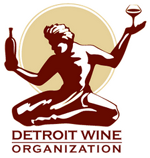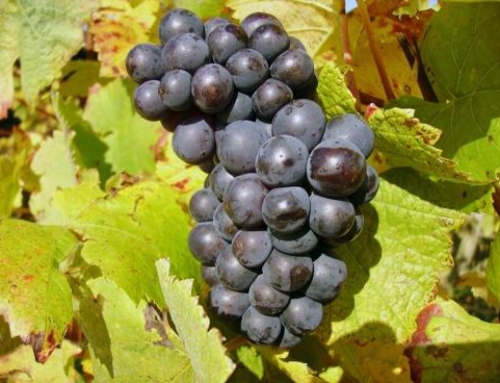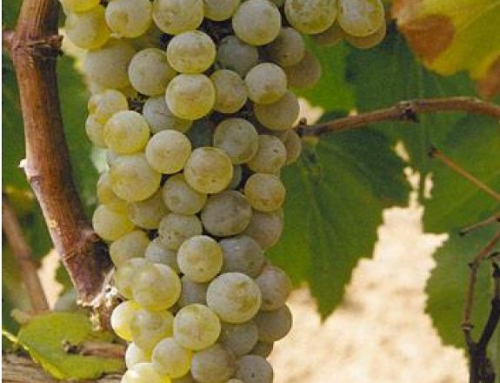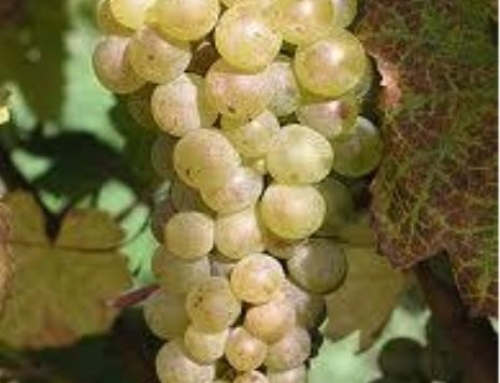You’re in your local wine shop, browsing the shelves for something to take to a holiday party. You want something full bodied and smooth with warm fruit flavors that will match well with holiday foods… but that’s pretty much all you know. How do you choose? You can ask you’re friendly retailer for help (a good option in a wine shop, but probably more difficult to accomplish at a busy holiday Costco). You can pick the prettiest bottle or the most attractive label (it might taste terrible, but at least it will look good on the table). You can close your eyes and grab whatever is in front of you on the shelf (hey, you might get lucky and pick something drinkable). Or you can READ those pretty labels and figure out where the grapes were grown. That information will give you a good indication of the wine’s body and acidity, as well as the fruit flavors you might find in the wine. All of which should help you make a slightly more informed decision than the “pretty bottle, whatever hops off the shelf” method of wine selection.
You have to be a little familiar with world geography for this task, but nothing too strenuous. When you look at the location where the grapes were grown – try to figure out if it’s a cool climate area or a warm climate area – New York vs. Southern California, for example. Grapes grown in cooler climates tend to be lighter bodied and crispier (higher acidity) with more tart fruit flavors like apple, pear, cranberry and red cherry (i.e. fruits you might find growing in these cooler climate areas). Grapes grown in warmer climates tend to have a softer, smoother style and fuller body, with fruit flavors like mango, pineapple, plum, black cherry and raisin (or fruits you might find growing in these warmer climate areas).
We’ll explore the various grape-growing regions of the world in more detail in later editions of the 60-second wine course. For now, take a look at the roughly outlined regions on the map below (adapted from “Great Wine Made Simple”, by Andrea Immer – an excellent book, by the way) and the flavors associated with each region. Now grab a bottle from your basement or the shelf of your local wine shop, read the label and try to predict some the flavors you might find when you open it. That should help you narrow down the selection for your holiday gathering to wines that fit your favorite style.





Leave A Comment